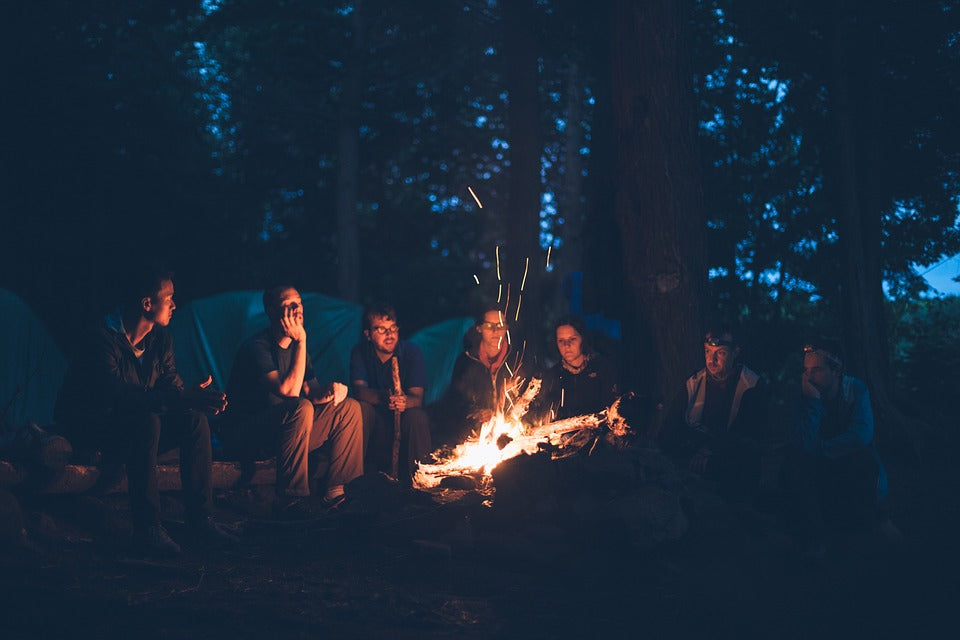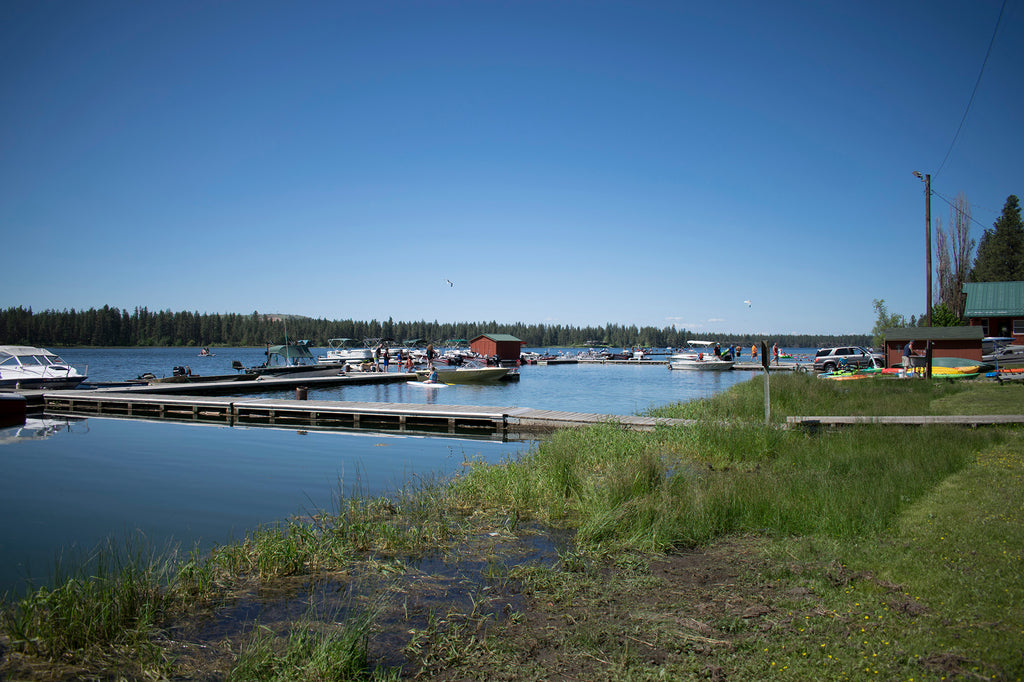Idaho is definitely one of those states that gets overlooked, which is a shame when you consider just how much it has to offer. For those looking for adventure, wanting to escape into the wilderness, or just planning to enjoy the view, Idaho needs to be your next stop.
Here's why ...

1. Craters of the Moon National Monument and Preserve
A mouthful, but this is guaranteed to offer a unique experience. There are plenty of hiking trails for those who want to enjoy the beauty of the unique terrain features formed by lava flows. Or, for the more adventurous (and experienced) types, there are five caves to explore. Some are difficult to traverse, so be sure to grab a cave guide at the trail head. The Indian Tunnel (pictured above) is rated easy and has steels stairs at the entrance. At over 40 feet high and 800 feet long, it provides a great chance to explore a cave without the claustrophobia.
2. Route of the Hiawatha Rail-Trail
This 15-mile route crosses the Bitterroot Mountains between Montana and Idaho. It passes through 10 tunnels and goes over 7 high steel trestles. The best part? It's all downhill with a shuttle service to take you back up to your car. The "Taft" Tunnel stretches for 1.66 miles, so remember to bring a headlamp or other flashlight. If you don't have a bike, don't worry. You can always rent one from the Lookout Pass Ski Area (which offers great skiing come winter). This is a prime example of how we can reinvent pieces from history - the Milwaukee railroad went bankrupt in 1977 and in its place the Route of the Hiawatha was born.

3. The Sawtooth National Forest/Recreation Area
Considered to be the "crown jewel" of Idaho, the Sawtooth Recreation Area has over 700 miles of trails, 50 peaks topping 10,000 feet, and nearly 400 alpine lakes, many of which have no trails to access them. There are plenty of opportunities for adventurers - hiking, horseback riding, snowmachining, downhill skiing, camping (at campsites or dispersed), and more. This area has made headlines as being part of the first dark sky reserve - making it one of the best places for gazing at the night sky.
4. International Selkirk Loop
Not into camping? Prefer a scenic drive instead? This has got to be on your bucket list. The loop itself crosses the border into Canada, so be sure to have your papers in order, but the extra red tape is definitely worth it. You'll be able to view stunning mountain vistas, crystal clear lakes, caves, rivers, and don't forget wildlife. With plenty of options for staying overnight, you can take your time and enjoy all the Loop has to offer - cruises, wine tasting, canoeing, wildlife viewing (including some amazing bird watching), skiing and sleigh riding, horseback riding, fishing, and more.

5. Minidoka National Historic Site
During World War II, President Roosevelt signed an executive order that forced 120,000 people of Japanese descent to leave their homes, jobs, and lives in order to be moved to one of ten internment camps around the country. Minidoka is one such camp and allows visitors to see what life was like inside the camp. It's a powerful place to visit, one that echoes the words of those held there - Let it not happen again.

6. City of Rocks National Reserve
Get your hiking boots, climbing gear, and sense of adventure ready. Here you will find unusual geological features that inspired the pioneers passing through to call this region the "silent city". There are over 600 routes to follow, or you can scramble around on your own. Don't own climbing gear? Don't worry. Try their Climbing Experience Program where all gear and training is provided. If climbing doesn't interest you, there are over 22 miles of hiking trails ranging from easy to strenuous throughout the park.

7. Lake Pend Oreille
It's 43 miles long with nearly 200 miles of shoreline and, at its deepest, is 1,158 feet deep. Surrounded by mountains and national forests, much of the lake offers pristine shoreline with sheltered bays and plenty of open water. Stop in to Sandpoint on the northern end of the lake and consider taking a cruise. Visit Farragut State Park (Idaho's largest state park) on the southern end of the lake to enjoy camping with easy access to the water. While there, visit Bayview and stop by the Tree to Tree Adventure Park and experience a truly unique adventure up in the treetops.
8. Ghost Towns ... Need We Say More?
Although we can't guarantee actually seeing a ghost, Idaho offers several chances to visit ghost towns. Most were constructed during the gold rush and were just as quickly abandoned when the mining stopped. If you want an interactive experience, try visiting the Custer Ghost Town where many structures were restored and workers provide historical information about what it was like to live there. If you want a more raw experience, check out the Gilmore Ghost Town which used to be a silver mining town. Now, eight log and frame structures remain in their original state (except for pieces added for stability and safety).

9. Snake River
It's the largest tributary of the Columbia River and spans over 1,000 miles beginning Wyoming and ending in Washington. Besides the obvious benefits of visiting a river (swimming, boating, fishing), the Snake River offers a few unique opportunities. One - Hells Canyon is 10 miles long and almost 8,000 feet deep, making it the deepest river gorge in North America. Besides its beautiful vistas, it offers some excellent rafting experiences. Two - Morley Nelson Snake River Birds of Prey. A mouthful to be sure, this national conservation area boasts the nation's (if not the world's) largest concentration of nesting birds of prey.

10. Lake Coeur d'Alene
This lake truly has something for everyone. Bring your golf clubs and check out their famous floating green. Stop by Sherman Street for a bit of shopping, fine dining, or just to enjoy the view. Hike or bike along the North Idaho Centennial Trail, Trail of the Coeur d'Alenes, or Tubbs Hill. And, of course, stop by to see our sister company, Fun Unlimited, in Post Falls, just down the Spokane River from Lake Coeur d'Alene. There you can rent SUPs, kayaks, PWC, and boats to take upriver and enjoy all the lake has to offer.
Or just stop in to say hi. We're always glad to make new friends.













